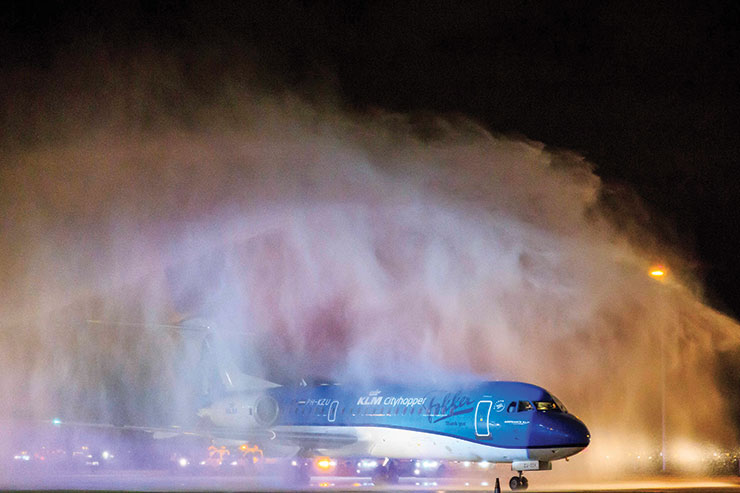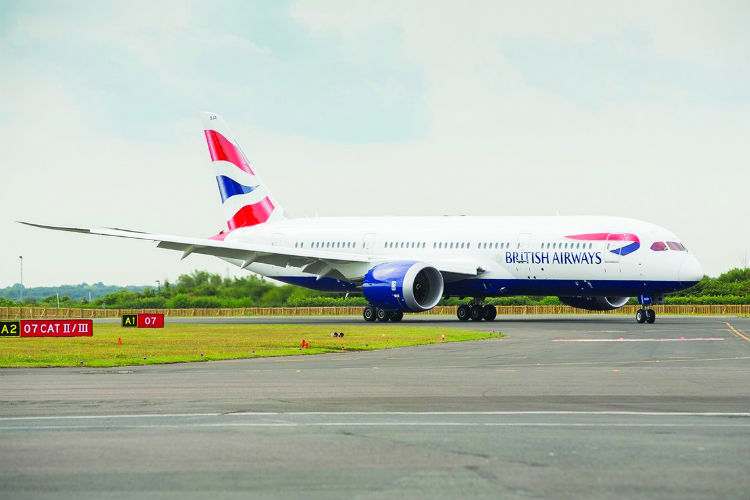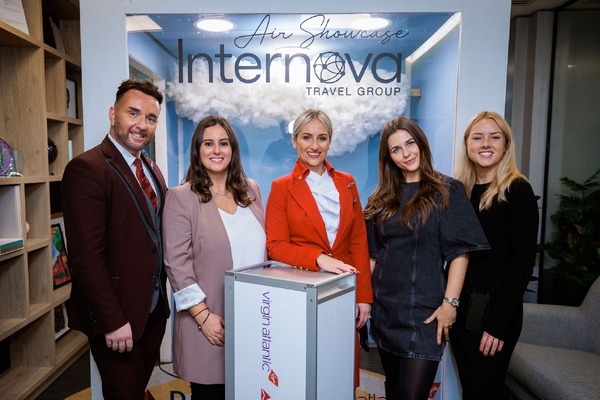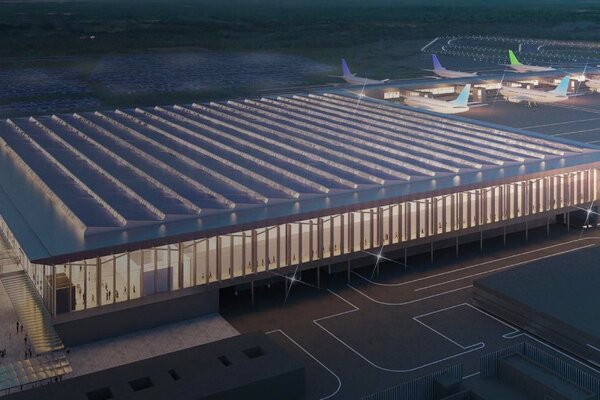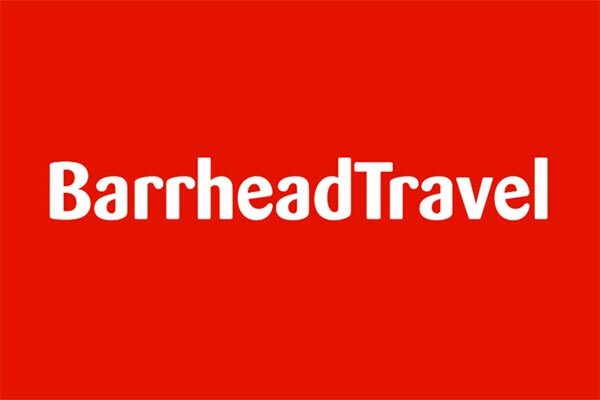How KLM is embracing a new future with an Embraer fleet
 Edward Robertson
Edward RobertsonFor the staff of KLM, it was an emotional moment.
In October 2017, after 97 years of working with aircraft manufacturer Fokker, the airline’s remaining three Fokker 70s, which were operated by subsidiary KLM Cityhopper, made their final commercial flights.
About 500 members of staff and journalists turned out to see the aircraft touch down at Holland’s Amsterdam Airport Schiphol where a reception was held to celebrate the milestone. While the Fokkers might have all found a new lease of life working for airlines around the world, it is their replacement with Embraer 175s that is allowing the regional airline to refine its route-development strategy.
KLM EVP Boet Kreiken says: “The strategy is exactly the same – higher frequencies and quicker turnarounds all over Europe. “We have nearly doubled the network; we have 64 destinations now and we did that over the last couple of years and that will continue if we have less restrictive aircraft.
“One [of the new] aircraft can fly six or seven frequencies a day, so we can serve a lot of destinations.” Kreiken says having an entire fleet consisting of Embraers would make fleet maintenance, and in particular preventative maintenance, far simpler and allow for a quicker turnaround of aircraft on the ground. He adds the Embraer’s fuel costs are 20% less and having 88 seats, as opposed to 80 on the Fokker, will further drive efficiencies.
He admits as many as 40 European destinations, either around the North Sea or in the south, are under consideration for new routes, but he reiterates that the main benefits would be seen on routes already in place. KLM president and CEO Pieter Elbers says while he believes the Embraer aircraft’s greater range might help develop new routes, the key benefits will be seen on existing routes where operations can be optimised.
He adds: “If we are more efficient in our resource allocation we can be in the right location at the right time. We can achieve higher efficiency, maintenance and growth in new destinations. “Some of those destinations [we already operate routes to] have a high level of connectivity but it is a virtuous circle – every new destination adds new connectivity possibilities.”
KLM Cityhopper MD Warner Rootliep agrees, adding: “The priority now is really to create and manage the efficiency of the whole fleet. The main efficiency is with our organisation.”
Kreiken is hoping that the process will be further streamlined with additional new Embraer aircraft and wants at least 50 flying for the airline by 2020, adding: “We started to replace the aircraft in 2008 and we have 42 Embraers in the fleet at the moment, with another five coming in.”
All of them remain relaxed about competition from the European low-cost carriers (LCCs). Kreiken says with the airline having 18 airline code-share partners, the increased capacities will only further benefit the airline’s hub-and-spoke model out of Amsterdam Airport Schiphol.
Meanwhile, Rootliep believes the regional carrier can continue to benefit from the efforts of its low-cost rivals. He adds: “Sometimes it helps to have an LCC on the route as it creates a lot of noise about the destination.” Which given there could be 40 new destinations in the pipeline
for the airline, will no doubt come in very handy.
Sign up for weekday travel news and analysis straight to your inbox

Edward Robertson
Supplier Directory
Find contacts for 260+ travel suppliers. Type name, company or destination.
